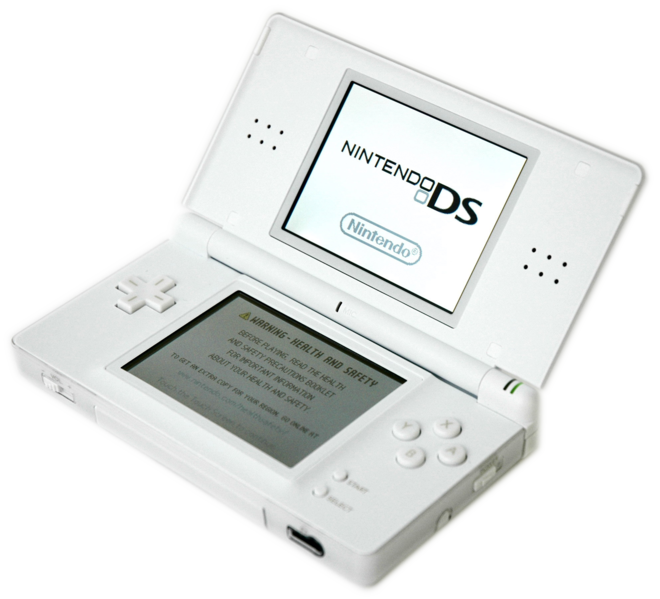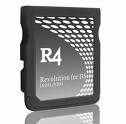Gaming is what got me into computers, I was facinated by the idea that it was possible to create your own games. I started out with the Commodore-64 which let me play lots of games, but also gave me a chance to learn a lot of programming. My next computer was a PC (386sx) and by this time I was more focused on programming than gaming. Later on after university I picked up a Nintendo 64, which in its day was a ground breaking console. This was also around the time that id Software was reinventing the PC gaming market with Doom and later Quake – this resulted in many late nights sessions at work where we’d setup a network game after hours.
Having met some seriously fanatical gamers, I can’t call myself one. I like to play from time to time, but the constant hardware upgrades and time investment keep me from being very serious. In late 2004 I picked up a GameBoy Advance SP – it was a great way to kill time in an airport. Ken had  purchased a few MovieAdvance carts, which let me play some homebrew and movies (poor quality, but this is a 16MHz ARM chip!). For my birthday in 2006 Jenn got me Nintendo DS Lite, and it is so much more than just a simple game machine..
purchased a few MovieAdvance carts, which let me play some homebrew and movies (poor quality, but this is a 16MHz ARM chip!). For my birthday in 2006 Jenn got me Nintendo DS Lite, and it is so much more than just a simple game machine..
When I got a copy of Super Mario 64 for the NDS, it completely blew my socks off. Here is a game that in 1996 was one of the coolest looking (and fun) games I’d ever played – and now 10 years later its running on a handheld. Of course there is also the well known side scrolling New Super Mario Bros and of course The Legend of Zelda: Phantom Hourglass which are must have games on the NDS. Moving a bit away from games, the BrainAge series are very addictive – and the web browser gets regular use by me.
In my opinion a must have is one of the many flash cartridges for the NDS. I bought an R4DS from consolesource.com back in early 2007. The flash cart world is a bit odd, there is a very strong homebrew scene – but an even stronger pirate community. The flash carts themselves live in a gray area, and are illegal to sell in some countries. Some of companies making these products tend to seem a little shady as well, often creating cheap knock-offs so there is an element of buyer beware.
R4DS from consolesource.com back in early 2007. The flash cart world is a bit odd, there is a very strong homebrew scene – but an even stronger pirate community. The flash carts themselves live in a gray area, and are illegal to sell in some countries. Some of companies making these products tend to seem a little shady as well, often creating cheap knock-offs so there is an element of buyer beware.
The R4DS takes a microSD card, which is almost hilariously small. Let’s take a quick look at some of the software I have loaded on mine today.
- Linux – a version of uClinux
- dslibris – an eBook reader
- Duke3D -a version of the PC game
- FrodoDS – C64 emulator
- ScummVM – LucasArts SCUMM interpreter
- VGHero – a guitar hero clone
- LemmingsDS – very addictive
- GeoWars – amazing homebrew game
- Descent – the 1995 3D space game
- Colors – drawing program
There is plenty of other stuff as well, but those are a few highlights – every one is worth the time to download and install.
I also use the NDS as a reading light – so while I don’t play games every day, I do use it almost every night. The new DSi looks very tempting, but I suspect I’ll wait until the price comes down a bit – and we start to see more software which is unique to the DSi. I can’t wait to see what the homebrew community cooks up for it.
